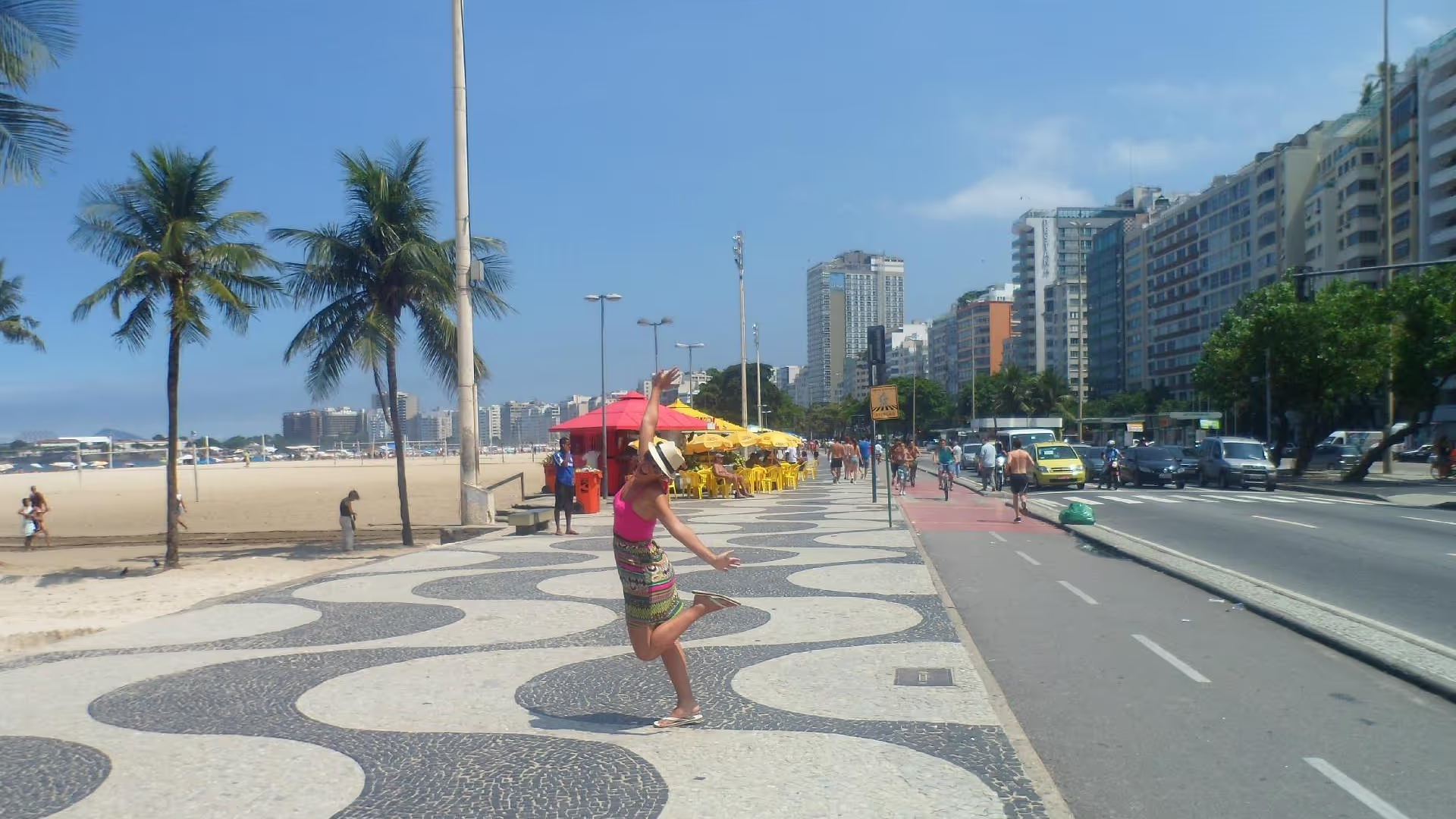Esplanade Road Closure
Revitalisation done right: lessons for Surfers Paradise

Cities by the sea thrive when movement, access, and atmosphere work in harmony. The world’s great coastal boulevards — from Copacabana to Waikiki, Ocean Drive to Nice — share a common truth: they don’t wall off the ocean, they frame it. Their beachfront roads aren’t mistakes to erase; they are stages where life, trade, and tourism meet.
In Copacabana, a flowing avenue runs parallel to the beach, allowing buses, taxis, and cyclists to coexist with walkers and joggers. The rhythm of city life stays connected to the rhythm of the sea.
In Waikiki, Kalākaua Avenue hums day and night with cars, trolleys, and pedestrians. Shops and hotels rely on its constant accessibility, while wide sidewalks and shaded crossings make it safe and vibrant — not sterile.
In Miami’s Ocean Drive, a similar experiment to Surfers Paradise once took cars off the road. The result? Congestion and lost trade. The city reversed course, restoring balanced access with defined pedestrian zones and calm traffic flow.
In Nice, the Promenade des Anglais stretches wide and gracious, its traffic lanes softened by trees, generous paths, and elegant street furniture. It’s an urban artery and a public realm in one — proof that movement and leisure can coexist beautifully.
Surfers Paradise can take inspiration from these models. Revitalisation here should not mean exclusion or restriction, but connection: between locals and visitors, street life and the shore, movement and relaxation.
Imagine an Esplanade that’s landscaped, calmed, and continuous — not closed. A street where traffic moves slowly and gracefully alongside promenades, with places to stop, sit, cross, and linger. A city that invites, not obstructs.
True revitalisation doesn’t shut things down; it opens them up. Surfers Paradise can learn from the best of the world’s beaches — not by copying, but by re-embracing what made it special in the first place: freedom, flow, and fun.
What can you do?
Take our expanded survey
If this matters to you, please join us in speaking up now.
Send your letter to the local member
Contact the Council
Sign on to stay in touch
Click the link below and enter your email in the space provided. We will keep you up-to-date with the latest developments.

